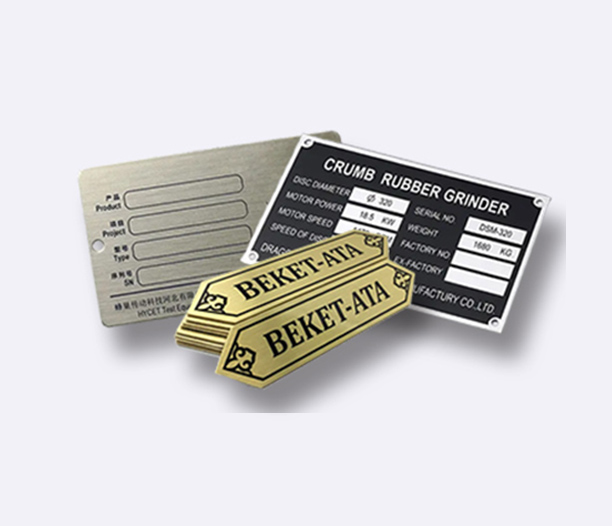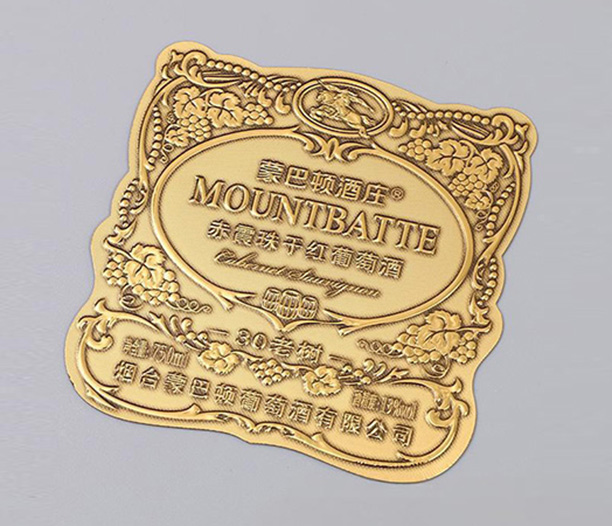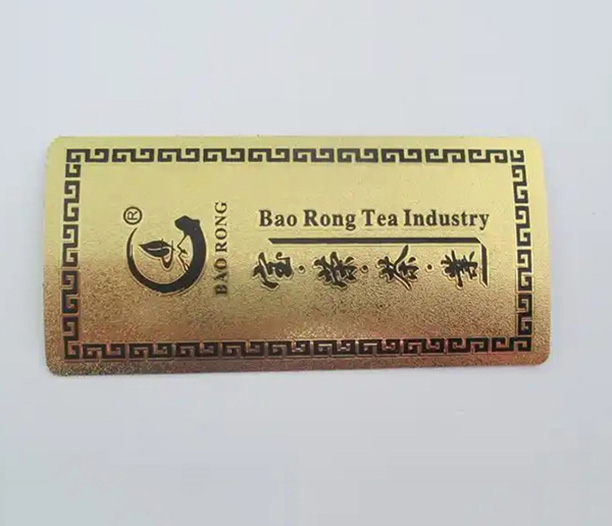In the highly competitive world of metalworking and industrial manufacturing, a company's logo serves as the cornerstone of its brand identity. For businesses specializing in aluminium fabrication, a well-designed logo is not merely a visual mark; it's a powerful tool for communication, differentiation, and trust-building. An effective aluminium fabrication logo must encapsulate core attributes like strength, precision, durability, and modernity, all inherent qualities of aluminium itself. This comprehensive guide delves deep into the intricacies of creating a powerful brand identity for your fabrication business. We will explore the critical elements of design, the unique considerations for the industry, the design process, common pitfalls to avoid, and answer the most frequently asked questions. Whether you're launching a new venture or rebranding an existing one, understanding the power of your aluminium fabrication logo is the first step toward forging a lasting impression in the market.
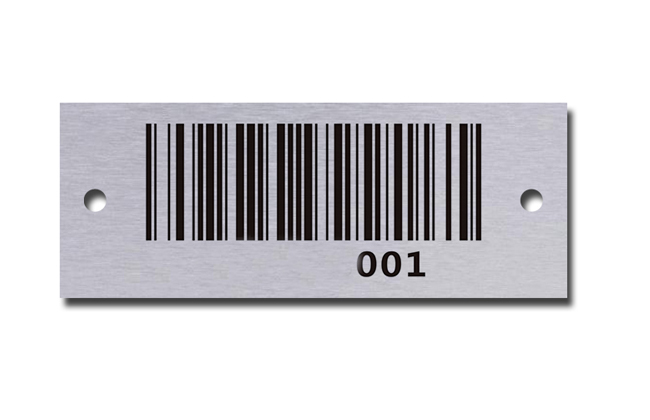
What Makes a Great Aluminium Fabrication Logo?
A great aluminium fabrication logo is a strategic blend of artistry and industry-specific messaging. It goes beyond looking good; it must resonate with your target audience, which typically includes architects, construction firms, engineers, and manufacturers. Here are the core elements that contribute to its effectiveness:
Relevance: The logo must be immediately recognizable as belonging to the metal fabrication or industrial sector. Imagery that evokes tools, raw materials, precision, and construction will achieve this.
Memorability: In a crowded marketplace, a simple and distinct logo will be remembered far more easily than a complex and generic one. Think of the iconic logos of major manufacturers—they are clean and instantly recallable.
Scalability: Your logo will appear on everything from a massive billboard and the side of a truck to a small business card or a website favicon. It must remain clear and legible at any size.
Versatility: A successful logo must work in full color, black and white, and grayscale. It should be effective on various backgrounds, whether printed on a metal surface, embroidered on a uniform, or displayed on a digital screen.
Timelessness: While trends come and go, your aluminium fabrication logo should be designed to endure for decades. Avoid overly trendy design elements that will look dated in a few years. Opt for a classic, robust design that can stand the test of time, much like the material you work with.
Key Design Elements for an Aluminium Fabrication Logo
Crafting the perfect logo involves making deliberate choices about its core components. Each element should work in harmony to tell your brand's story.
Color Psychology in Metal Fabrication Logos
Color choices are far from arbitrary; they convey specific emotions and messages:
Silver/Grey: The most obvious choice, directly referencing the color of aluminium. It conveys professionalism, neutrality, balance, and industrial strength.
Blue: A hugely popular color in industrial branding, blue inspires trust, security, professionalism, and reliability. Darker blues are often associated with corporate strength, while lighter blues can suggest precision and technology.
Black: Represents power, elegance, sophistication, and authority. A black logo can make a strong, no-nonsense statement about the quality and seriousness of your work.
Red and Orange: These warm colors can be used as accents to evoke energy, passion, power, and action. They can draw attention to a specific part of the logo and suggest innovation or high-temperature processes (like welding).
Green: While less common, green can be used to emphasize a company's commitment to sustainability, highlighting aluminium's recyclability and eco-friendly properties.
Typography Choices: Conveying Strength and Precision
The font you select speaks volumes about your company's character:
Sans-Serif Fonts: Fonts like Helvetica, Arial, and Futura are clean, modern, and straightforward. They are excellent for conveying a sense of stability, efficiency, and no-nonsense professionalism.
Bold and Heavy Fonts: Thick, strong typefaces communicate power, durability, and resilience. They suggest that your company is robust and capable of handling heavy-duty projects.
Slab Serif Fonts: Fonts like Rockwell or Courier have block-like serifs that feel grounded, reliable, and industrial. They are a great choice for businesses wanting to project an image of traditional strength and trustworthiness.
Custom Lettering: For a truly unique identity, some companies opt for custom-designed letterforms. This can incorporate subtle design elements that reflect the industry, like incorporating a weld spark or a metal joint into a letter.
Iconography and Symbolism for Fabrication Brands
The icon or symbol in your aluminium fabrication logo is often its most memorable component.
Abstract Shapes: Geometric shapes like circles (representing unity or protection), squares and rectangles (denoting stability and reliability), and triangles (suggesting direction and power) can form a strong foundational mark.
Literal Imagery: Icons that directly represent the trade are highly effective. This includes depictions of aluminium extrusions, gears, bolts, welding helmets, industrial tools, or architectural structures like bridges and buildings.
Combination Marks: Many successful logos combine an icon with the company name. This allows for flexibility—the icon can be used alone once the brand is established, and the text ensures immediate recognition for new clients.
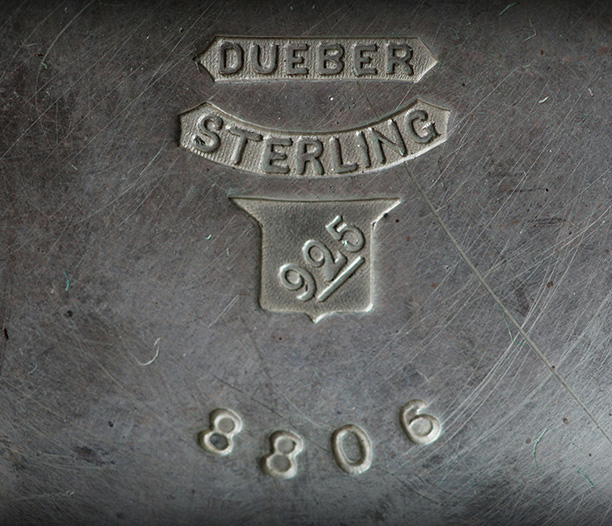
The Design Process: Creating Your Custom Aluminium Fabrication Logo
Creating a logo is a journey, not a single event. Following a structured process ensures a result that truly represents your business.
Discovery and Briefing: This is the most critical step. Define your company's mission, values, target audience, and unique selling propositions. What makes your fabrication shop different? Are you the fastest, the most precise, or the most innovative?
Research and Mood Boards: Research competitors' logos to understand industry standards and identify opportunities to stand out. Create mood boards to collect visual ideas, colors, and styles that align with your brand's desired feel.
Sketching and Conceptualization: This is where ideas take physical form. Designers will sketch dozens, sometimes hundreds, of rough concepts on paper to explore different directions without the constraints of software.
Digitalization and Refinement: The strongest sketches are selected and recreated digitally using vector-based software like Adobe Illustrator. This allows for perfect scaling and precise refinement of shapes, spacing, and colors.
Presentation and Feedback: A small selection of the best concepts (usually 2-3) is presented to the client. Feedback is gathered, and a preferred direction is chosen.
Finalization and Style Guide: The chosen logo is finalized in all its variations (full color, black, white, etc.). A professional designer will also provide a brand style guide that dictates exactly how the logo should be used, including spacing, minimum sizes, and color codes, ensuring consistent application across all mediums.
Common Mistakes to Avoid with Your Aluminium Fabrication Logo
Even with the best intentions, businesses can make errors that undermine their logo's effectiveness.
Overcomplicating the Design: cramming too many ideas, tools, or text into a logo creates a visual mess that is hard to reproduce at small sizes and difficult to remember. Embrace simplicity.
Relying on Clip Art or Stock Imagery: Using generic, pre-made icons results in a logo that lacks originality and could even be used by another company. Your aluminium fabrication logo must be unique to you.
Following Trends Blindly: A logo designed around a fleeting trend will quickly become outdated. Focus on timeless design principles rather than what's popular this year.
Poor Color Choices: Using colors that clash or fail to translate well to grayscale can limit the logo's application. Always test how it looks in a single color.
Neglecting Versatility: A logo that only looks good on a white screen is useless. Consider how it will look on a dirty work truck, a metal sign, a embroidered hat, or a mobile website.
How to Choose the Right Designer for Your Aluminium Fabrication Logo
Your logo is a long-term investment. Choosing the right partner is crucial.
Portfolio: Review their previous work. Do they have experience with industrial or B2B clients? Do you like their style?
Process: A professional designer will have a clear process, as outlined above. Avoid designers who promise a finished logo in 24 hours.
Understanding: The designer should take the time to understand your business, your market, and your goals. They should ask many questions during the briefing stage.
Deliverables: Ensure the final delivery includes vector files (AI, EPS, SVG), high-resolution raster files (PNG, JPG), and a comprehensive style guide.
Price: Beware of prices that seem too good to be true. Quality logo design takes time and expertise and is priced accordingly. View it as an investment, not an expense.
The Future of Logos in the Aluminium Industry
As the industry evolves, so will its branding. We can expect to see:
Simplification: A continued move towards even cleaner, more minimalist designs for better digital legibility.
Adaptive Logos: Logos that change subtly depending on the context in which they are used (e.g., a simplified version for mobile apps).
Emphasis on Sustainability: With aluminium being 100% recyclable, more logos will incorporate green elements or messaging to highlight this eco-friendly advantage.
Motion and Interaction: For digital platforms, logos may incorporate subtle animation to engage viewers and appear more dynamic.
Frequently Asked Questions About Aluminium Fabrication Logos
Q1: How much should I expect to pay for a professional aluminium fabrication logo?
A: The cost can vary widely based on the designer's experience and the project's scope. Prices can range from a few hundred dollars for a freelance designer to several thousand dollars for a full branding package from a specialized agency. Investing in a quality design is investing in your company's future.
Q2: What file formats should I receive from the designer?
A: You must receive vector files (.AI, .EPS, or .SVG). These are scalable to any size without losing quality and are essential for professional printing. You should also receive high-resolution .PNG and .JPG files for web and digital use.
Q3: Can I design my own aluminium fabrication logo?
A: While online logo makers and DIY platforms are tempting, they often result in generic, non-original designs that fail to capture the unique essence of your business. A professional designer brings strategic thinking and industry-specific knowledge to the table, creating a unique asset that truly supports your business goals.
Q4: How often should I update or redesign my logo?
A: A well-designed logo should last for 10+ years. Consider a redesign if your logo looks dated, your business has significantly changed its focus, or if it doesn't translate well to digital media. Often, a subtle refinement ("evolution") is better than a complete overhaul ("revolution").
Q5: What is the most important thing to consider when briefing a designer?
A: Clarity about your target audience and your company's values. The designer needs to know who they are designing for and what message the logo needs to communicate. The more context you provide, the better and more targeted the design will be.
Your aluminium fabrication logo is far more than a simple graphic; it is the visual embodiment of your company's promise of quality, strength, and precision. It is the first thing potential clients see and a symbol they will associate with your work for years to come. By investing the time and resources into a professionally designed, strategic logo, you lay a solid foundation for your brand's identity, build immediate credibility, and carve out a distinct space in a competitive industry. Avoid common pitfalls, understand the key design elements, and choose your design partner wisely. A powerful aluminium fabrication logo is not an expense—it is one of the most valuable tools in your business's toolkit.



